MagnetostrictiveLevelGaugeAccuracy:WhatYouNeedtoKnow
Understanding the fundamental working principle of magnetostrictive level gauges is crucial for appreciating their accuracy capabilities. These sophisticated instruments operate by generating a current pulse along a magnetostrictive wire while simultaneously measuring the interaction with a magnetic float. The time delay between the transmitted and returned torsional wave provides precise position measurement of the float, translating directly into accurate level readings. This physical principle enables these gauges to deliver exceptional measurement consistency across various industrial applications.
Several critical factors significantly influence the accuracy of magnetostrictive level measurement systems. Temperature variations can cause expansion or contraction of components, potentially affecting measurement precision. Proper float selection matching the specific gravity of your medium ensures optimal magnetic coupling and reading reliability. The quality of electronics and signal processing capabilities directly impacts resolution and noise rejection. Additionally, mechanical installation quality and process conditions like turbulence or foam formation can introduce measurement deviations that affect overall system accuracy.
When comparing magnetostrictive technology with other level measurement methods, distinct accuracy advantages emerge. Unlike float switches that provide simple point level detection, magnetostrictive gauges deliver continuous measurement with significantly higher resolution. Compared to radar level sensors, they're less affected by vapor space conditions or dielectric constant changes. While hydrostatic systems measure pressure that must be converted to level, magnetostrictive instruments provide direct level measurement unaffected by density variations, making them superior for precise inventory management and custody transfer applications.
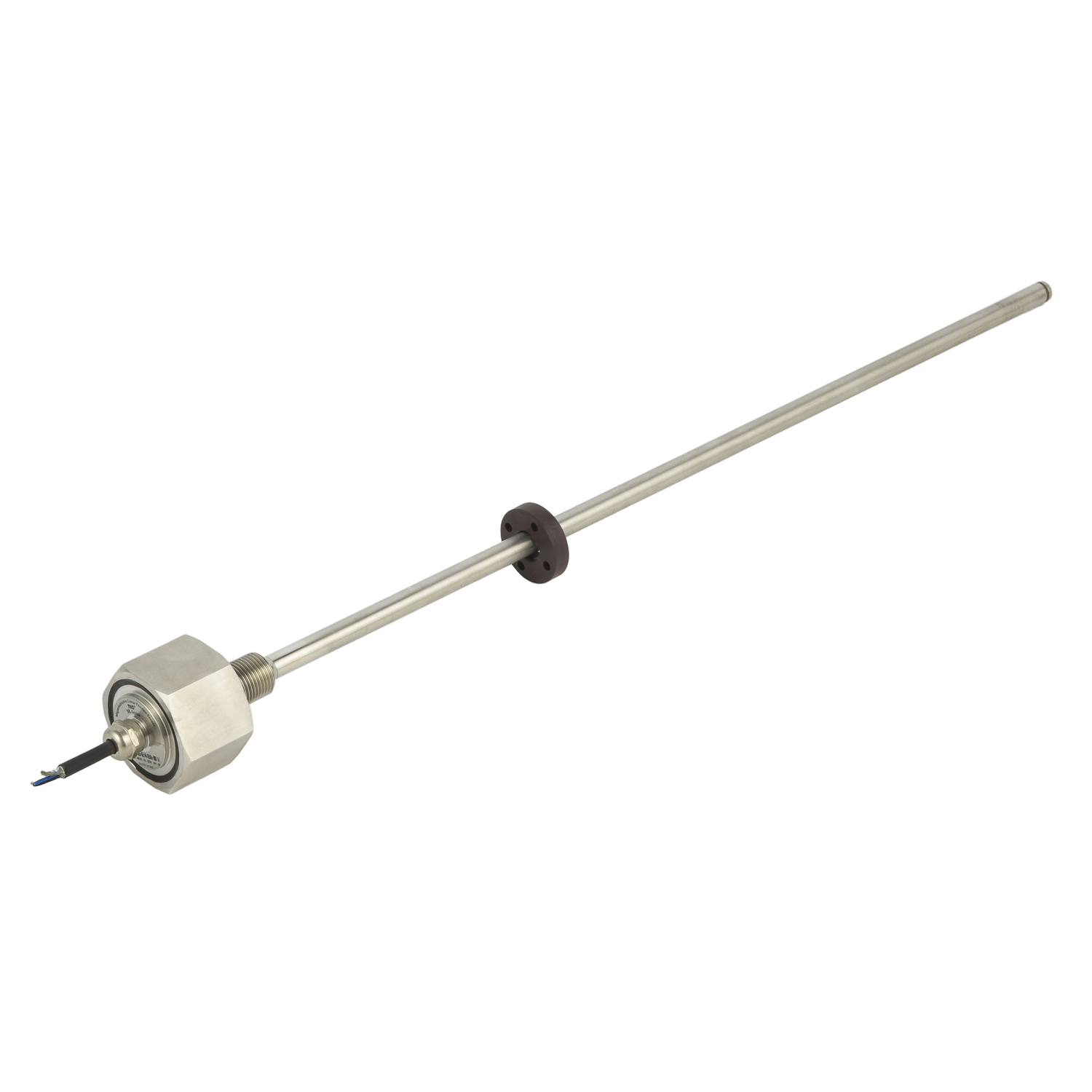
Proper installation practices are paramount for achieving optimal accuracy from your magnetostrictive level gauge. Ensure the probe is mounted vertically and avoids contact with tank walls or internal structures. Maintain adequate clearance from inlet nozzles and agitators to prevent turbulence effects. In interface level applications, verify the float is properly sized for both liquid densities. Grounding the instrument correctly minimizes electrical noise interference, while proper shielding protects against electromagnetic disturbances that could compromise measurement integrity.
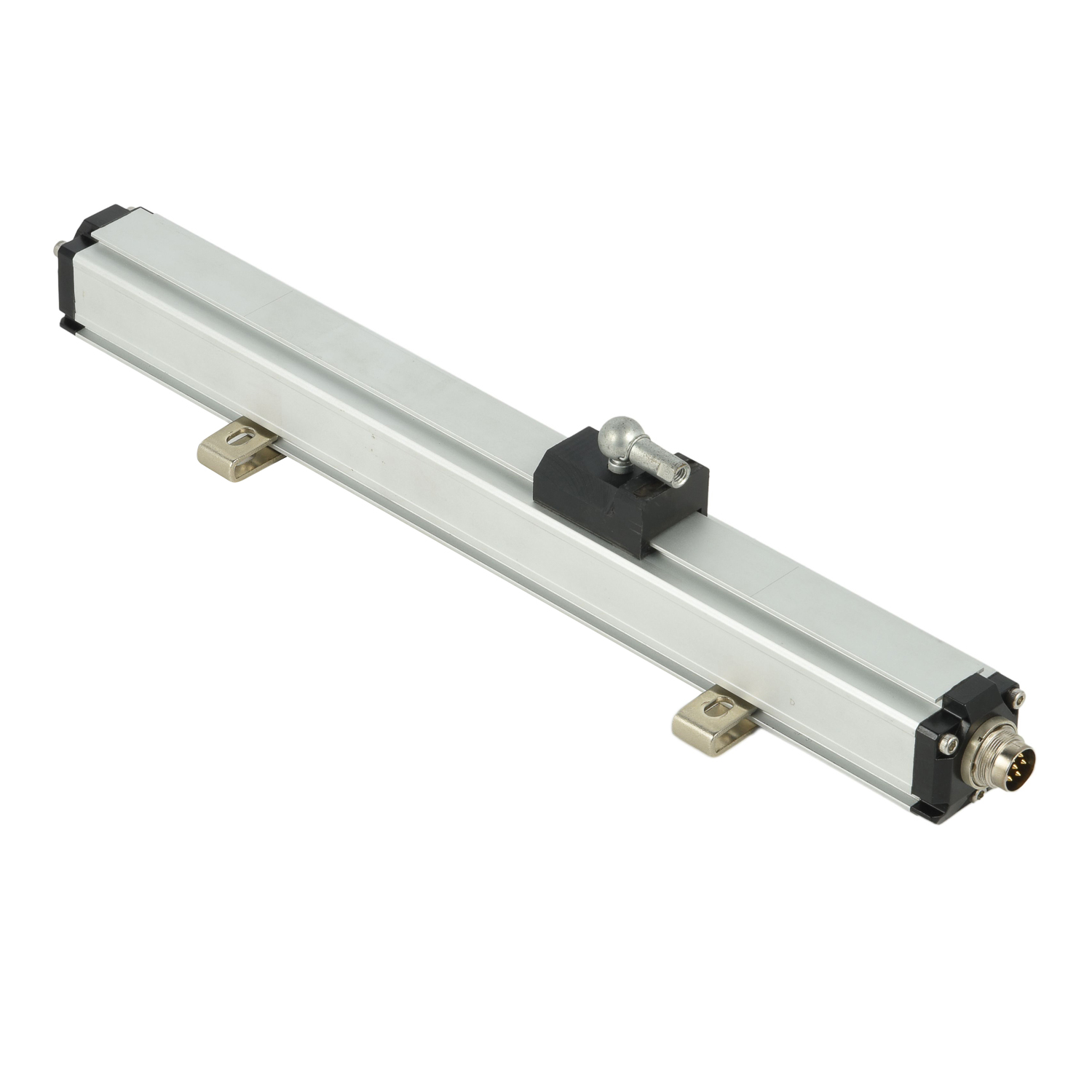
Regular calibration and maintenance routines are essential for preserving long-term measurement accuracy. Establish calibration intervals based on process criticality and historical performance data. Use certified calibration equipment traceable to national standards for verification. During maintenance, inspect the float for damage or buildup that could affect buoyancy and magnetic properties. Check the probe for straightness and clean the magnetostrictive wire assembly. Document all calibration results and maintenance activities to track performance trends and identify potential issues before they impact measurement reliability.
Understanding accuracy specifications and error sources helps in selecting the right magnetostrictive level gauge for your application. Manufacturers typically specify accuracy as a percentage of full scale, with high-quality instruments achieving ±0.01% or better. Consider both nonlinearity and hysteresis errors when evaluating specifications. Common error sources include temperature effects on electronics and mechanical components, float hang-up in viscous media, and signal processing limitations. For critical applications, choose gauges with temperature compensation and advanced diagnostics to maintain accuracy across varying operating conditions.
Implementing best practices for signal processing and data interpretation enhances measurement reliability. Modern magnetostrictive gauges incorporate sophisticated algorithms that filter noise and validate readings. Utilize damping functions appropriately to stabilize fluctuating readings without sacrificing response time. For interface applications, ensure the electronics can distinguish between the distinct magnetic signatures of multiple floats. Regular verification against manual measurements or master gauges confirms system accuracy and identifies potential drift before it impacts process control or inventory accounting.
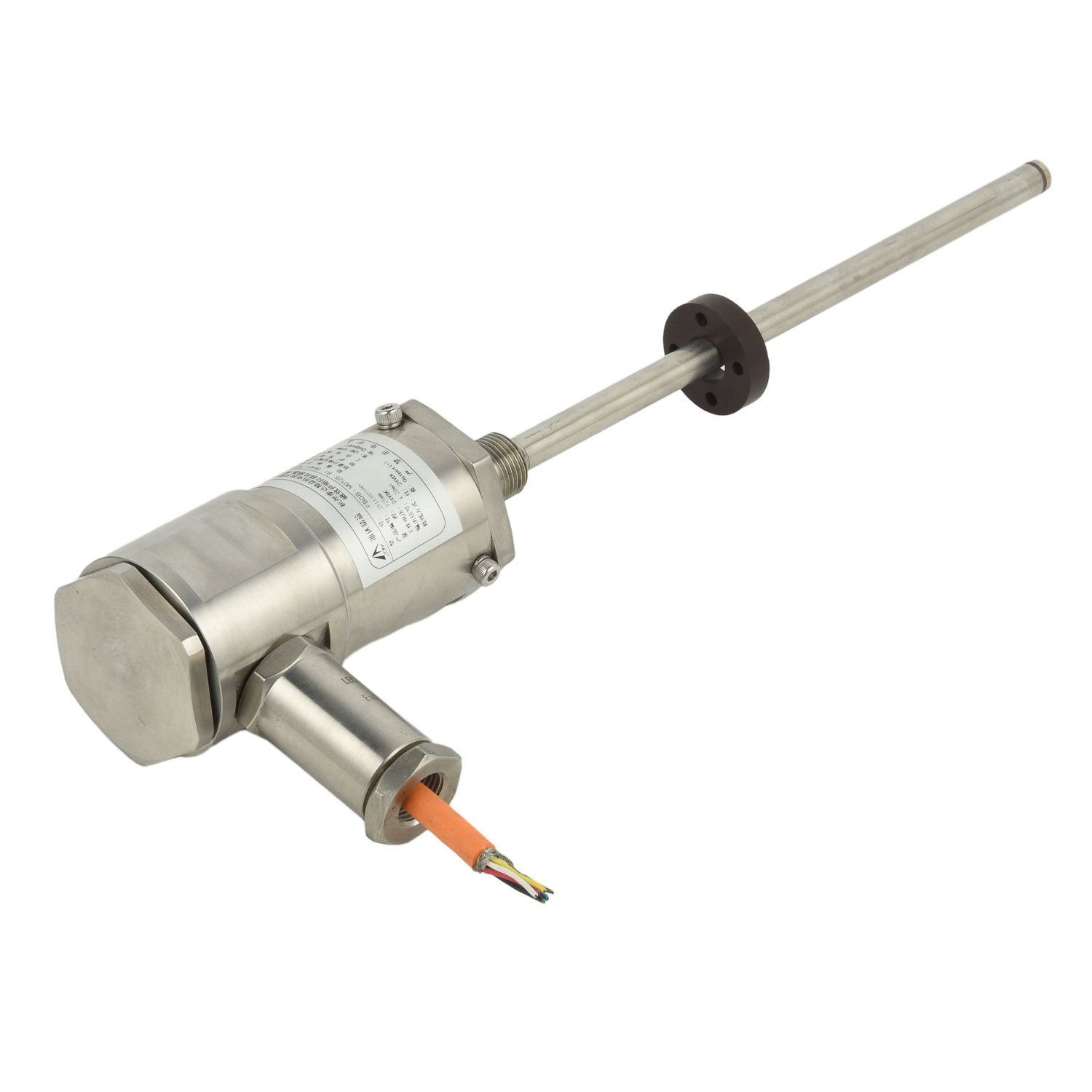 UpgradingYourLevelMeasurementS
UpgradingYourLevelMeasurementS
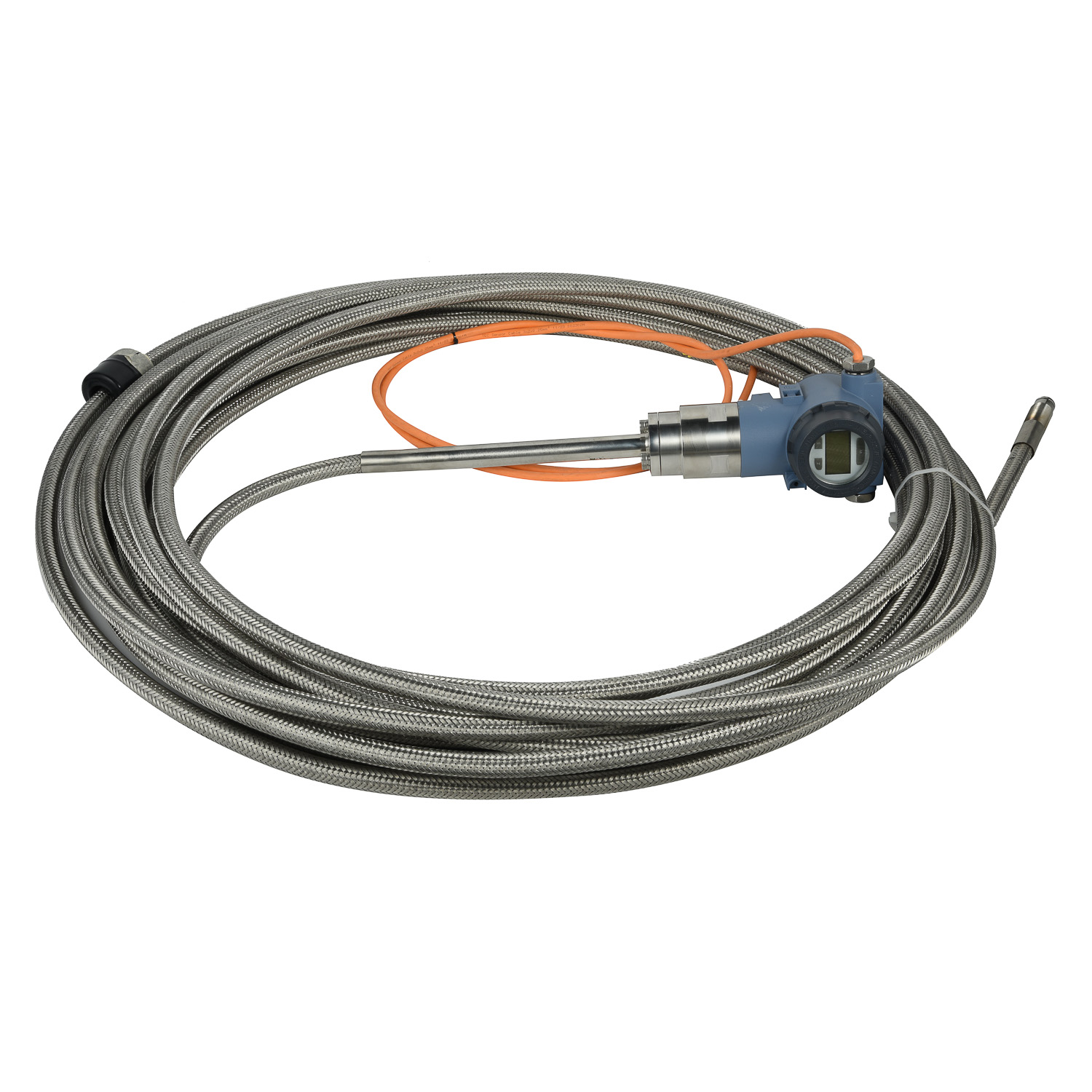 Why are magnetostrictive level
Why are magnetostrictive level
 ComparingMagnetostrictiveandRa
ComparingMagnetostrictiveandRa
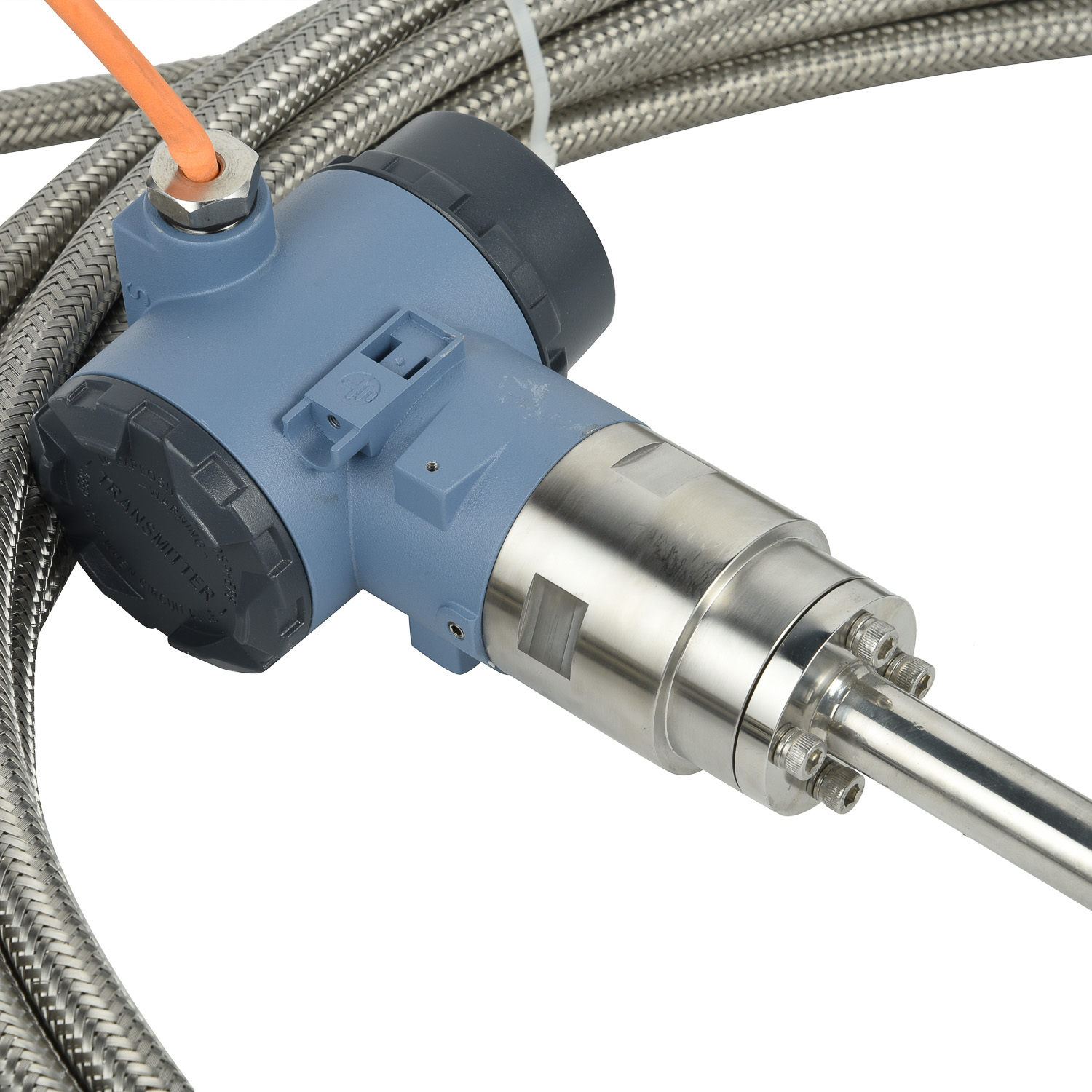 MagnetostrictiveLevelSensorfor
MagnetostrictiveLevelSensorfor
